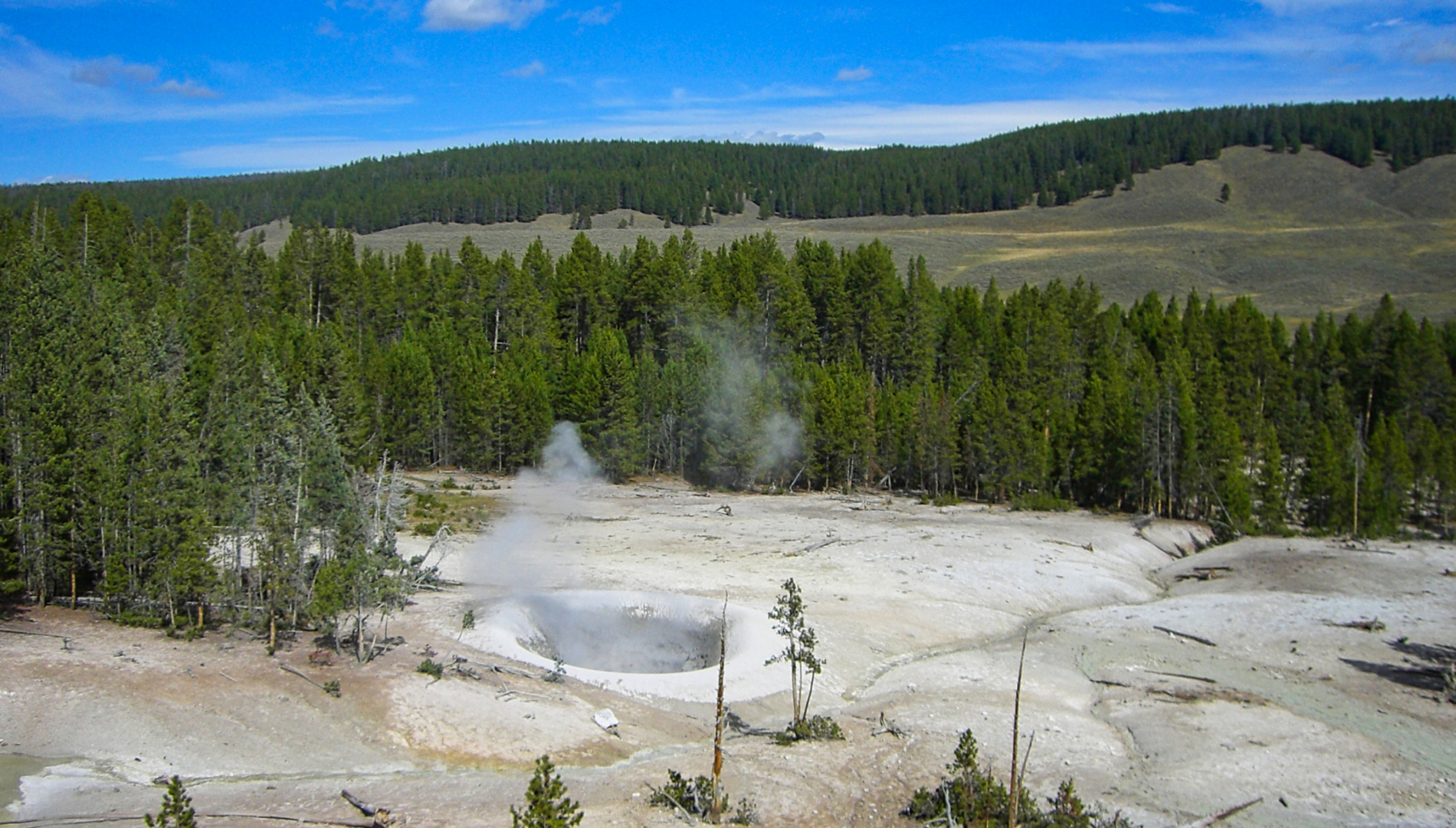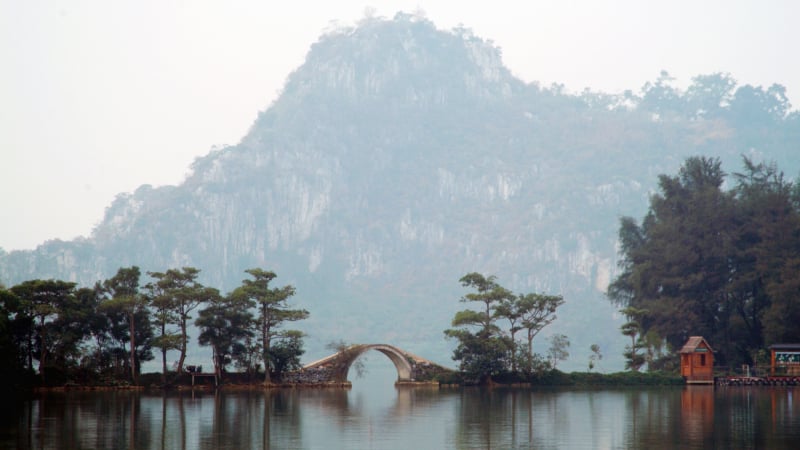Geological studies show that Yellowstone has experienced three major eruptions in the past, 700,000 years ago, 1.3 million years ago, and 2.1 million years ago. With such a cycle of activity, scientists believe that the movement of tectonic plates and the activity of the hot spot below Yellowstone may be the cause of these super-massive explosions. What is worrying is that Yellowstone may be approaching a new eruption cycle, seriously threatening life on Earth.
The Yellowstone supervolcano is located in Yellowstone National Park, an 8,900 km2 area that spans the US states of Wyoming, Montana and Idaho.
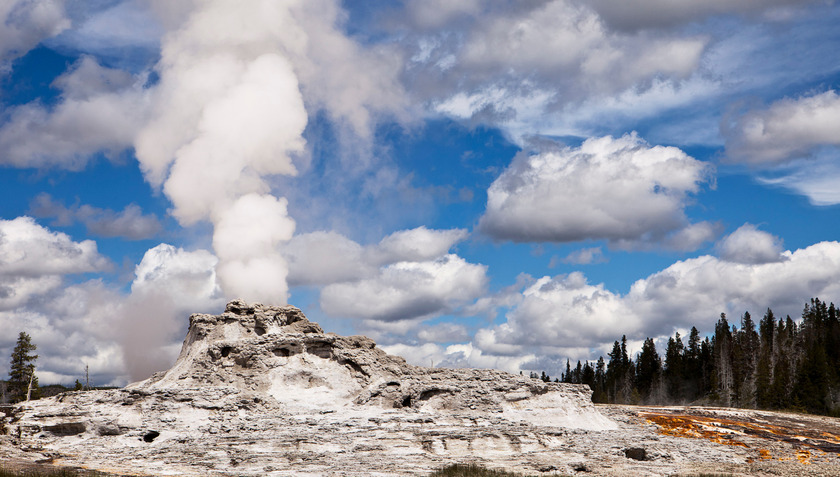
Yellowstone is one of the largest volcanoes in the world.
Yellowstone is currently the largest active mountain in the Americas and is also home to hundreds of wildlife species such as wolves, bears, elk, 150 bird species... According to statistics, up to 3,000 earthquakes occur each year in Yellowstone - where there are giant magma chambers (molten rock) at depths of 4 km to 47 km below the surface.
The next eruption is said to have catastrophic consequences worldwide, according to the What If documentary short, "What If the Yellowstone Volcano Erupts Tomorrow?". The narrator notes: "One of the world's largest volcanoes in the United States is about to explode. And if Yellowstone erupts, the results will be devastating."
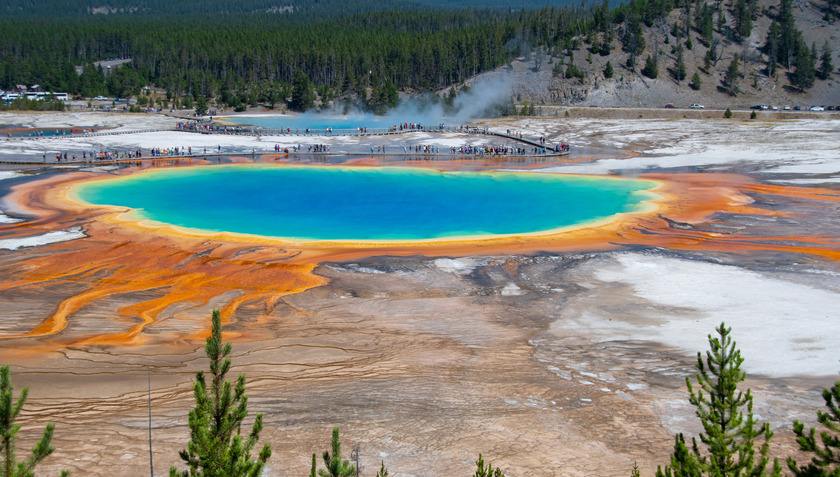
Scientists recently warned that it is "set to explode" one day in the "near future".
It has erupted three times in the last three million years, which has led some to wonder whether we should be worried about another eruption in the near future. In geological and volcanological terms, “near future” can mean hundreds of thousands of years from now. The documentary also looks at how much lava is expected. In fact, before lava forms, it’s known as magma (molten rock). Much of Yellowstone’s magma won’t turn into lava, because the intensity of an eruption would send magma shooting into the sky. It would then become airborne ash particles or small, scorched, jagged pieces of rock.
Yet the impact would be significant across the entire US and Canada. It is estimated that tens of millions of people within a 1,000-kilometer radius would die. When inhaled, the ash would form a cement-like substance in the lungs, causing asphyxiation. Outside, buildings would collapse – just 30 centimeters of ash would be enough to cause roofs to fall off.
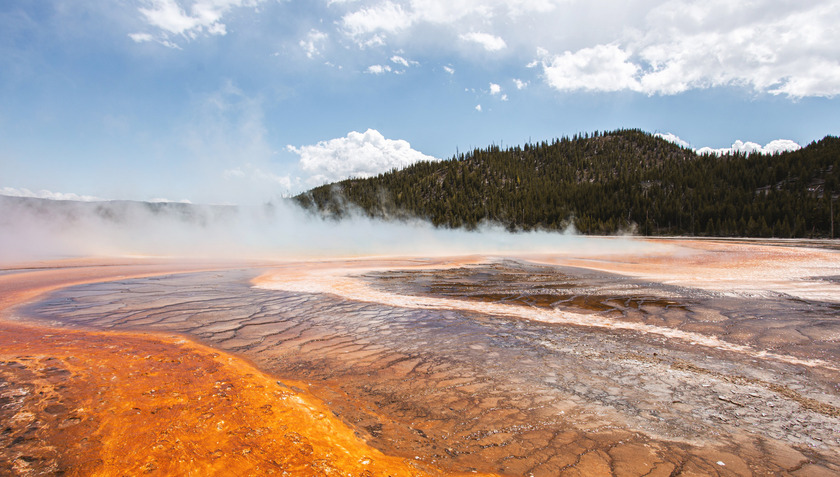
The Yellowstone supervolcano's most recent eruption was about 640,000 years ago.
Experts suggest that even if you were 1,000km away, you would still be in trouble. Even on the east coast of the US, about 1cm of ash would be dangerous to human lungs. Some of the ash would be blown to Europe, while the rest of the world would experience severe weather changes. Global temperatures would drop by about 10°C, which could last for up to a decade.
Estimates suggest that such a project would cost around $3.46 billion, but would also generate electricity at competitive prices and therefore come with an attractive return that could convince politicians to invest.





